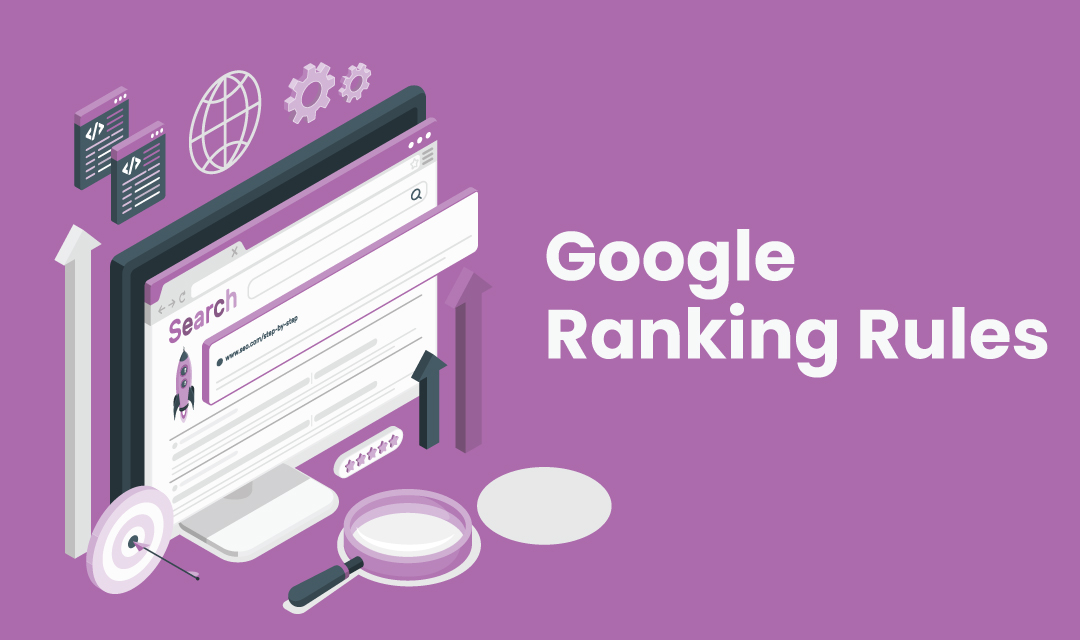
There are probably more than 100 rules that Google uses to rank pages in the search engine result pages (SERP). No one really knows all the rules, and they're changing periodically. Various confirmed and suspected SEO rules described here are educated guesses by SEO experts.
Positive Google Rules (On Page)
- Keyword in URL.
- Keyword in domain name.
- Keyword in title tag.
- Keyword in Heading tag (i.e. H1, H2, and H3).
Positive Google Rules (Off Page)
- Google Page Rank (Higher the better).
- Anchor text of an inbound link to your site.
- Link from "Expert" site.
- In directories (dmoz.org, Yahoo, and etc.)
- Site Age.
- No body text. Text represented in graphics form.
- Over Optimization Penalty (OOP) - Google Florida
- Link to a bad link farm.
- Redirect through refresh metatags.
- Use of poison words.
- Excessive cross-linking within the same IP block.
- Keyword Stuffing in body, meta tags, and alt text.
Negative Google Rules (Off Page)
- Zero Links to your site.
- Link buying.
- Cloaking
- Domain Hijacking (Copied website)
- Rank Manipulation by Competitor Attack.
Conclusion
Unraveling the intricacies of Google's ranking algorithms involves navigating through an ever-evolving landscape of rules, with over 100 influencing factors shaping search engine result pages (SERP). This article sheds light on some confirmed and speculated SEO rules, serving as educated guesses by industry experts. The positive on-page rules encompass strategic keyword placement, while off-page factors include Google Page Rank, quality anchor text, and links from authoritative sources. On the flip side, negative on-page elements involve pitfalls like over-optimization penalties and poison words, while off-page challenges range from link buying to domain hijacking. As SEO rules continuously transform, staying informed and adapting strategies accordingly is paramount for digital success.
Share this post
Leave a comment
All comments are moderated. Spammy and bot submitted comments are deleted. Please submit the comments that are helpful to others, and we'll approve your comments. A comment that includes outbound link will only be approved if the content is relevant to the topic, and has some value to our readers.

Comments (0)
No comment